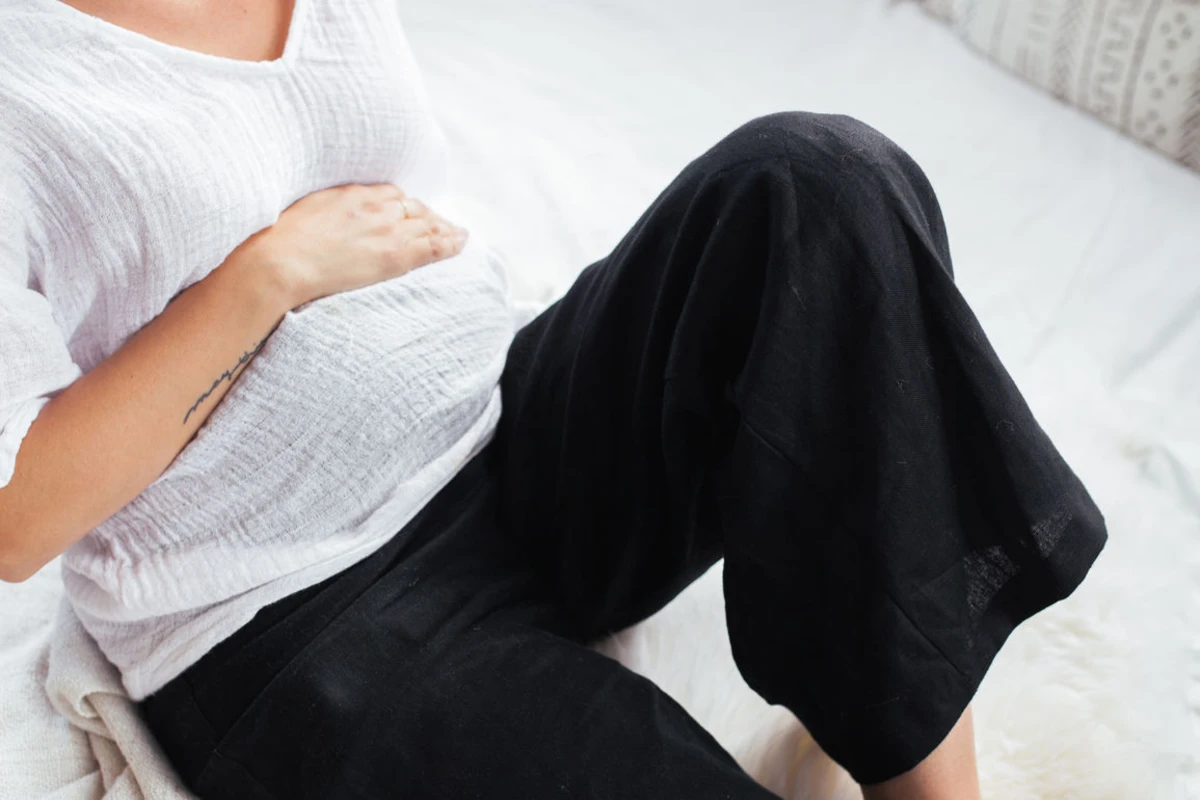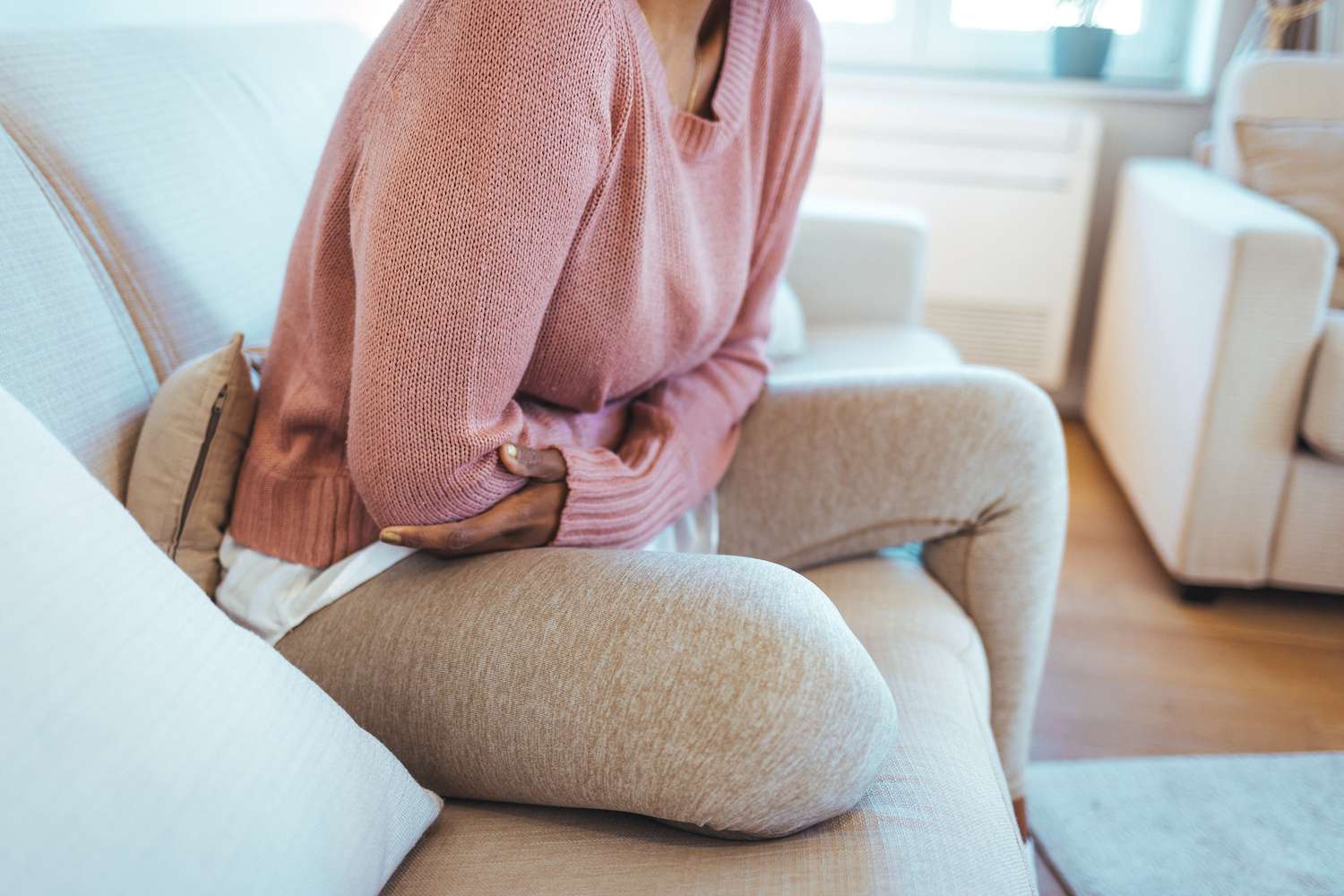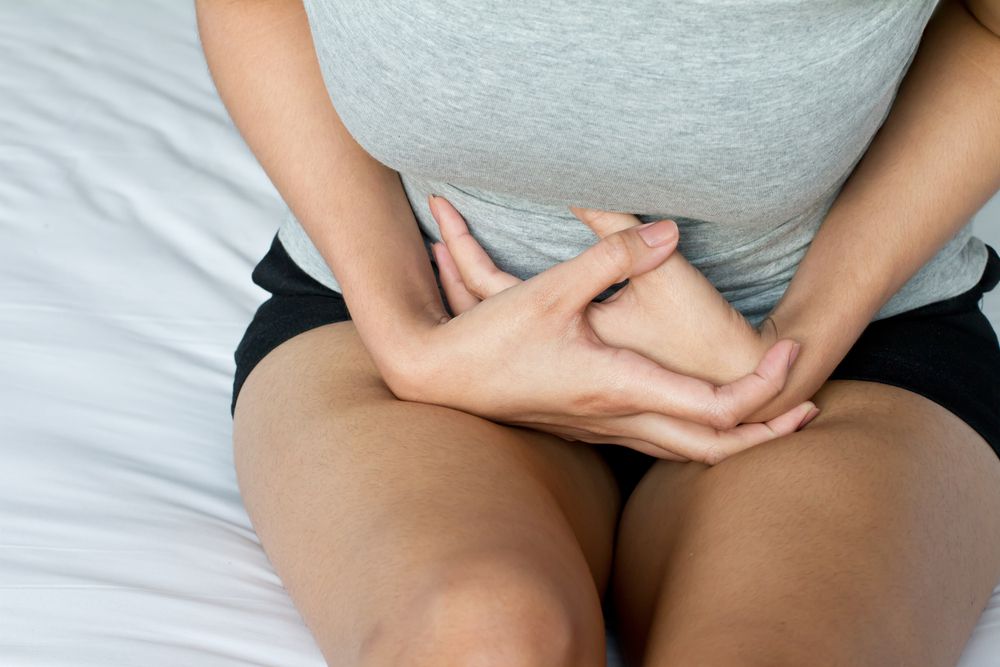Menstrual cramps and early pregnancy cramping can feel very similar, causing anxiety and confusion when you’re not sure which one you’re experiencing. As the old saying goes, the cramping feeling is “one of the symptoms” for both periods and pregnancy. This blog post finds out the key differences between normal period pain and those early tugging sensations of potential pregnancy. We’ll compare characteristics like cramping timing, location, intensity, and any accompanying symptoms. Having these insights allows you to better interpret what your body is trying to tell you during those first crucial weeks.

Period Cramps vs Early Pregnancy Cramps
When trying to figure out if you’re experiencing period cramps or early pregnancy cramps, it’s important to be aware of the key differences between the two. Understanding these distinctions can help you interpret the signals your body is sending and provide valuable insights.
1. Nature and Intensity of the Cramps
Period cramps are often intense and can be described as a throbbing, aching, or sharp pain primarily located in the lower abdomen and pelvic area. These pains result from the uterus contracting to shed its lining, which can cause significant discomfort. The intensity of these cramps can vary greatly among individuals and may include severe pain for some, requiring medication for relief.
In contrast, early pregnancy cramps tend to be milder and are generally described as a light twinge or pulling sensation in the lower abdomen. These cramps are attributed to the uterus stretching and growing to accommodate the developing embryo. The discomfort is usually less severe than menstrual cramps and is often considered a normal part of early pregnancy.
2. Timing of the Cramps
Period cramps typically occur just before or during the menstrual period. They can start 1-2 days before the onset of menstruation and usually last for 2 to 4 days. The cramps may begin mildly and increase in intensity as the period begins, often subsiding after the first few days of the menstrual flow.
Early pregnancy cramps can happen at any time after conception but are most noticeable around the time when a period is missed or shortly thereafter. These cramps can continue for several weeks into the pregnancy as the body adjusts to the changes happening within the uterus.
3. Accompanying Symptoms
Accompanying symptoms of period cramps include bloating, mood swings, headaches, fatigue, and lower back pain. Some women may also experience nausea, diarrhea, and general malaise. These symptoms are part of the premenstrual syndrome (PMS) and usually resolve as the period progresses.

Early pregnancy cramps may be accompanied by other signs of pregnancy, such as implantation bleeding (light spotting), breast tenderness, nausea, increased urination, and fatigue. The most significant accompanying symptom is the absence of menstruation, which, combined with the other mentioned symptoms, can suggest early pregnancy.
4. Response to Over-the-Counter Pain Medication
Period cramps often respond well to over-the-counter (OTC) pain medication, such as ibuprofen or naproxen. These medications work by reducing the production of prostaglandins, chemicals in the body that cause uterine contractions, thereby alleviating pain. Many women find significant relief from menstrual cramps through these medications, alongside other remedies like heating pads or warm baths.
Early pregnancy cramps, being generally milder and caused by the stretching of the uterus, may not require any pain medication. If discomfort is present, it’s crucial for pregnant individuals to consult a healthcare provider before taking any medication to ensure it’s safe for pregnancy. Typically, mild discomfort during early pregnancy is managed through natural remedies, such as rest and gentle exercise.
5. Location of the Cramps
The pain from period cramps is usually localized to the lower abdomen and pelvic area. It can also radiate to the lower back and thighs, making it a more widespread discomfort. The nature of this pain is directly related to the uterus contracting to shed its lining.

While early pregnancy cramps can also occur in the lower abdomen, the sensation is often more focused and may feel more like a stretching or pulling sensation rather than the intense, contracting pain associated with menstruation. This type of cramp is a result of the uterus expanding to accommodate the growth of the embryo and is usually not as widespread.
6. Duration of the Cramps
Period cramps are usually limited to the days surrounding the menstrual flow, starting just before and continuing for the first few days of the period. Their duration is somewhat predictable, aligning with the menstrual cycle’s phases.
The duration of early pregnancy cramps can be more variable. Some women might experience them sporadically throughout the first trimester as the body undergoes significant changes. Unlike period cramps, which have a more predictable timeline, early pregnancy cramps can occur at any time and might not follow a regular pattern.
7. Overall Impact on Daily Activities
Severe period cramps can significantly impact daily activities, making it difficult for some women to maintain their regular schedule without pain relief. The intensity of the pain can interfere with work, school, and physical activities, requiring adjustments to manage discomfort.

Early pregnancy cramps are usually mild enough that they do not significantly disrupt daily activities. However, they may be accompanied by other early pregnancy symptoms like fatigue and nausea, which can have a more considerable impact on daily life. Pregnant individuals might need to adapt their activities to manage these symptoms effectively.
Frequently Asked Questions
How do period cramps differ from early pregnancy cramps?
Period cramps are typically a dull, throbbing pain in the lower abdomen, while early pregnancy cramps are described as a mild, intermittent ache.
What causes period cramps and early pregnancy cramps?
Period cramps result from uterine muscle contractions during menstruation, while early pregnancy cramps are linked to the implantation of a fertilized egg.
When do period cramps and early pregnancy cramps occur?
Period cramps are accompanied by menstrual symptoms and occur before and during menstruation. Early pregnancy cramps may be accompanied by spotting, and breast tenderness, and occur around the time of a missed period.
How can recognizing these differences help individuals?
Understanding the disparities between period cramps and early pregnancy cramps can assist individuals in interpreting their body’s signals accurately, especially for those navigating reproductive health and fertility journeys.
I am a medical student with experience and interest in Women’s health and well-being.